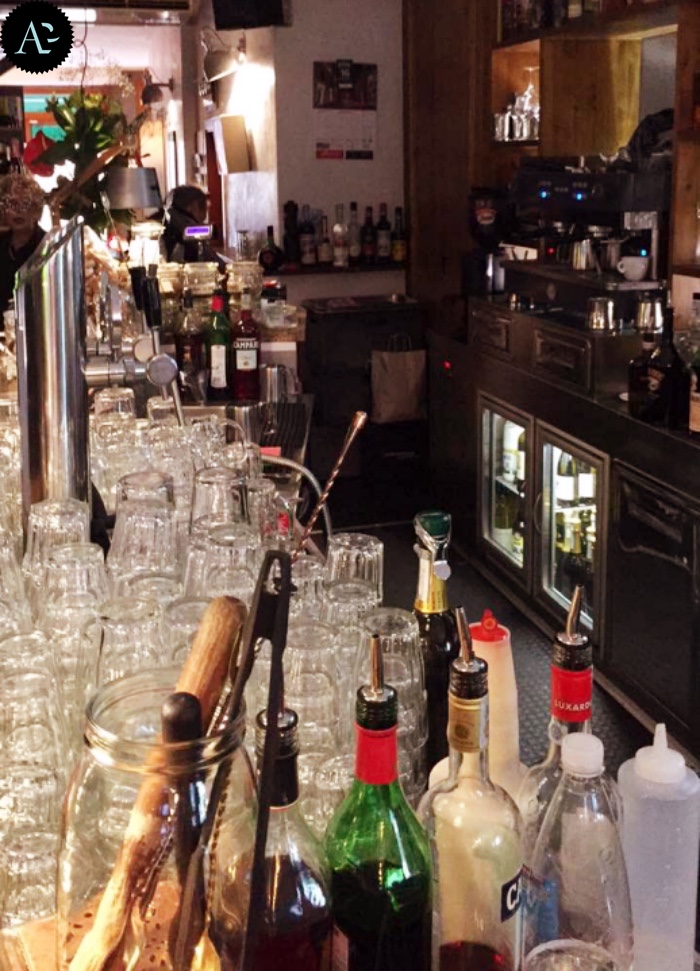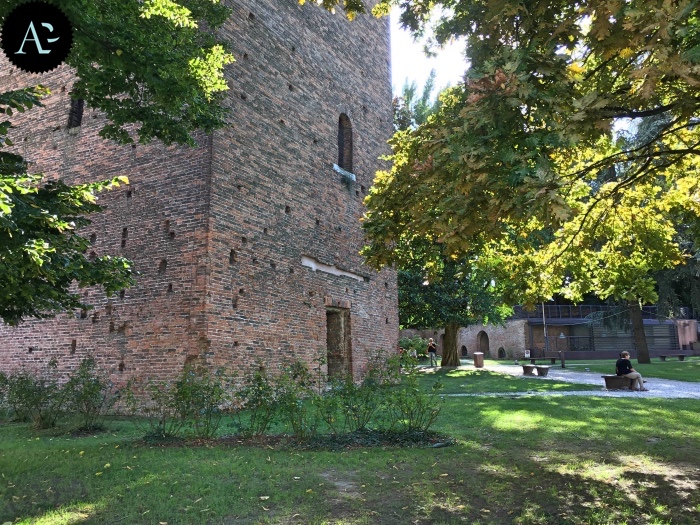
PALAZZO ROVERELLA, ROVIGO AND ITS MARVELS
Palazzo Roverella, Rovigo. A lot of people ask me “How do you choose the next exhibition you are going to see?” Well, basically, two elements make always the difference, especially when I’m undecided: the subheading of the exhibition, and the city which hosts the exhibition.
The first element is frequently the real theme of the exhibition, briefly summarised, and it must arouse my curiosity immediately. The second element is important especially if the exhibition takes place in a city I know little, or I don’t know at all.
I visit each exhibition as if I had a journey of discovery through unknown worlds, even though it takes place in my backyard.
And if it gives me the chance to see new things, it suits me.
I was in this mood when I went to Rovigo to visit the exhibition “I Nabis, Gauguin e la pittura italiana d’avanguardia” (“The Nabis, Gauguin and the Italian avant-garde painting”), which gave me the chance to discover Rovigo, a town I didn’t know.
In this post I’ll explain you what to see in this town.
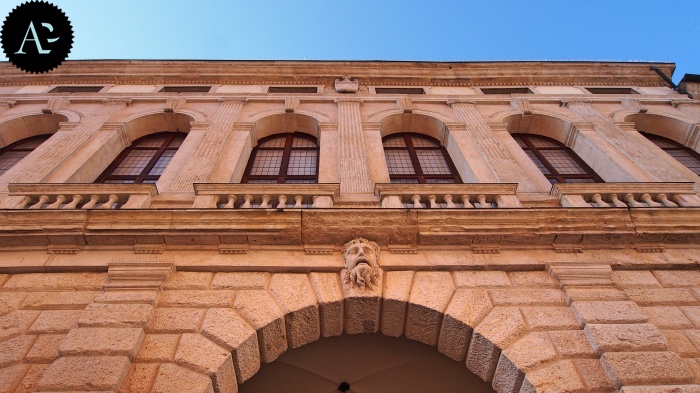
History of Rovigo
In ancient times Rovigo was a marshy area, in the time of the Etruscan was a village, and then it was an important trade centre for the Roman Empire towards the East.
The origin of the area and also its recent history was characterised by several works of filling in with dirt and floods caused by the Po River and the Adige River, which modified the territory several times.
After the Middle Ages Rovigo became a leading economic centre, because it was connected with Venice, Padua and Ferrara, some of the most important cities of Northern Italy.
The town was a possession of Venice for about three centuries, and after the fall of the Republic of Venice, Rovigo was ruled by Austria, and then by France, until it was annexed to the Kingdom of Italy.
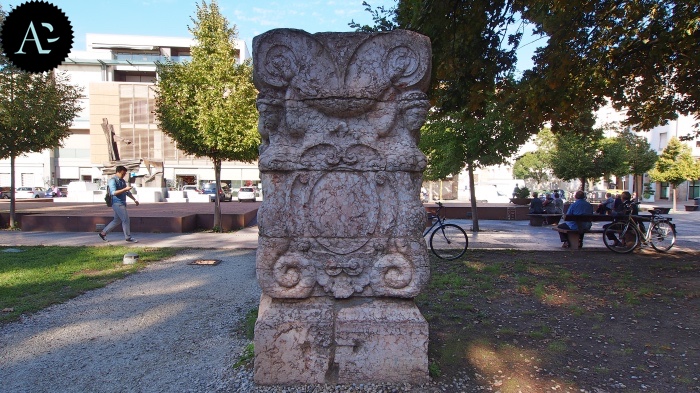
What to see in Rovigo
In the town you can admire a lot of remains of its long history, and it is worth stopping for a day in order to discover the numerous stories Rovigo can narrate.
Piazza Vittorio Emanuele II- it’s the main square in Rovigo, where there’s a column bearing St. Mark’s Lion, an omnipresent element in the dominions of the Serenissima (I talked about another column bearing St. Mark’s Lion in the post dedicated to my visit to Udine).
The Town hall with the Clock Tower, the Accademia dei Concordi, which was the most important town’s cultural centre, and whose collection of paintings can still be admired in Rovigo, hosted in the Palazzo Roverella, overlook the square.
The Palazzo Roverella overlooks the square, as well.
The Palazzo Roverella– built in 1474 by the cardinal Bartolomeo Roverella, is home to one of the most important picture galleries in the Veneto region, and houses the Pinacoteca dell’Accademia dei Concordi (the Concordi Gallery) and the Episcopal seminary, and displays artworks of art from Veneto, including some of the masterpieces by Giovanni Bellini, Tiepolo and Palma il Giovane.
Besides, over the last few years the palace has been home of prestigious exhibitions.
SEE ALSO: the last exhibition “Il demone della modernità”.
The Torre Donà (the Donà Tower) – it’s the highest tower of the two towers left in the historic centre, which belonged to the Castello di Rovigo (the Castle of Rovigo), built by the D’Este family of Ferrara.
The remains of the defensive fortress and the city wall are in the park under the Torre Donà.
Tempio della Beata Vergine del Soccorso (Madonna del Soccorso)- it’s a church, best known as La Rotonda, which has octagonal plan, built in the 16th century by Francesco Zamberlan, a pupil of Palladio, in order to house the miraculous statue of a sitting Madonna with Child, which is still housed inside the edifice.
The walls of the interior of the church are wholly decorated with 18th– century paintings which give a striking effect.
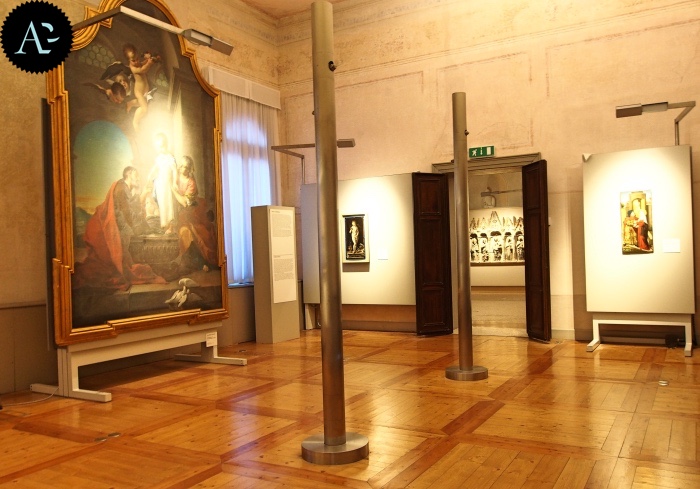
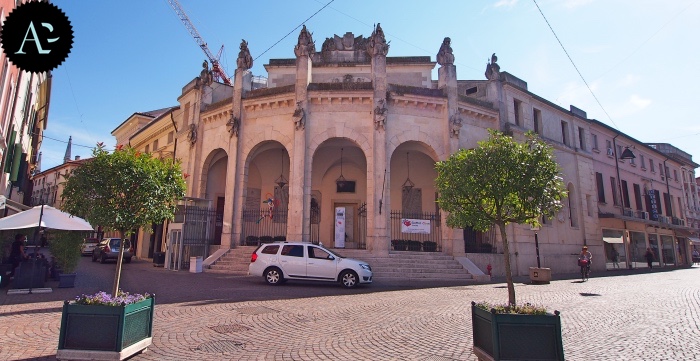
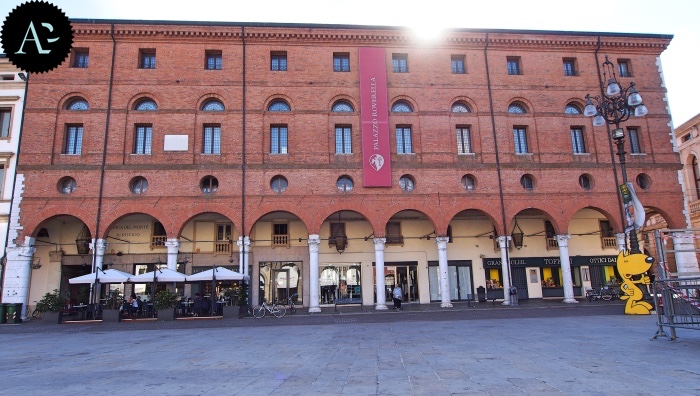
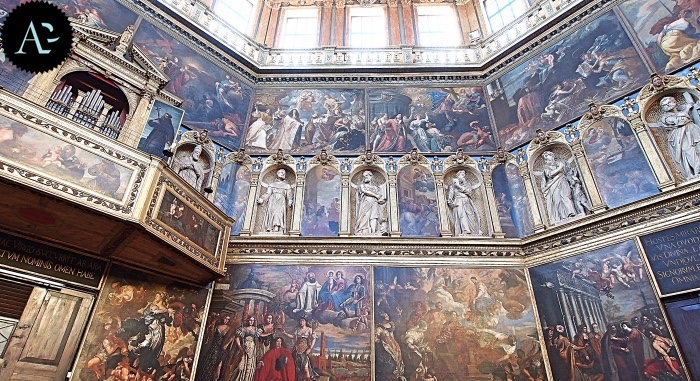
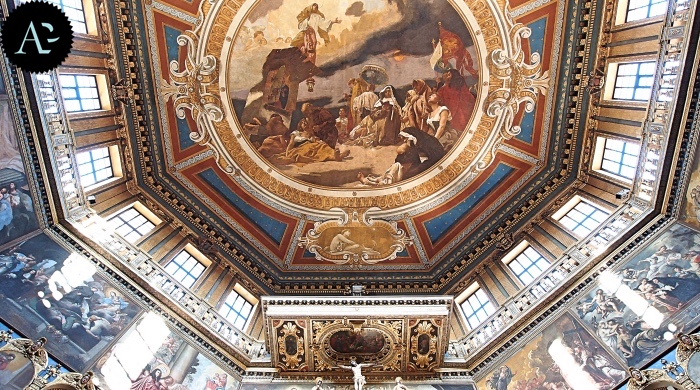
Where to eat
In Rovigo I ate at the osteria Ai Trani.
A young restaurant but with a menu made of traditional local dishes: salt cod, risotto, polenta and all the delicacies of the Veneto and in the classic version, which revisited.
An example?
The mini burger to creamed cod, which won the sixth edition of the Festival of the Triveneto Codfish as finger food more delicious and creative.
To try 😉
